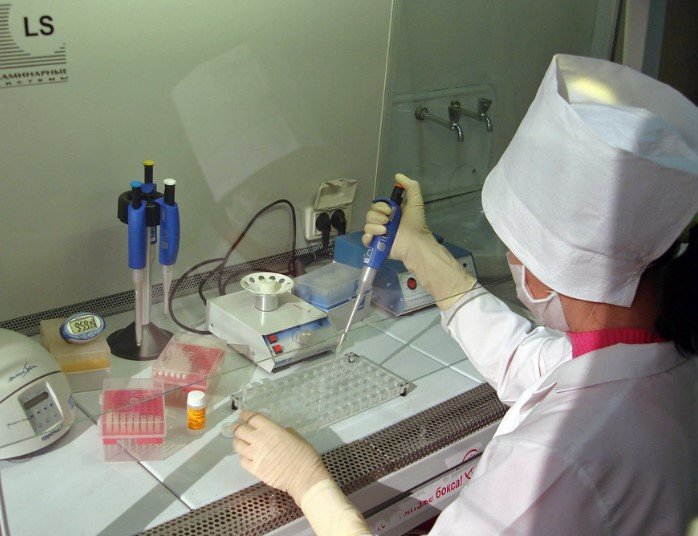The Virus and Its Impact on Public Health
The deceased, who was over 65 years old and had an underlying medical condition, contracted the H5N1 virus after exposure to a combination of backyard poultry and wild birds in southwest Louisiana. According to the Louisiana Department of Health (LDH), the virus does not appear to have spread between people, and no further cases have been reported in the region. Despite this, the public health investigation continues as authorities remain vigilant.
Though H5N1 typically affects birds and poultry, the virus can occasionally jump to humans, especially those working in close proximity to infected animals. While most human cases of avian influenza in the U.S. have been connected to agricultural workers, the virus has led to severe symptoms in a few isolated cases. These symptoms are similar to severe flu, often involving respiratory distress and, in extreme cases, death.

Health Authorities Respond
Since the fatal case was confirmed, health officials have conducted a thorough investigation, ensuring there has been no further spread of the virus within the community. The Louisiana Department of Agriculture and Forestry also confirmed the presence of H5N1 in two separate backyard flocks in the state, one in the northwest and another in the southwest.
Louisiana joins a growing list of states reporting avian influenza cases, with the U.S. Centers for Disease Control and Prevention (CDC) noting 66 confirmed human infections across 10 states. California, which has experienced the largest number of cases, reports 37 individuals affected by the virus, with smaller numbers in other states such as Washington and Colorado.
Prevention Measures and Public Safety
The risk of widespread human transmission of H5N1 remains low, but health experts continue to urge caution. Officials emphasize that the virus is primarily transmitted through close contact with infected birds, and the general public is not at significant risk. To prevent infection, the Louisiana Department of Health recommends avoiding direct contact with wild birds or any animals suspected of being infected.
For individuals working on poultry farms or in close contact with animals, state health authorities advise consultation with healthcare providers about receiving the seasonal flu vaccine. While the flu shot won’t protect against avian influenza directly, it can reduce the risk of co-infection with both viruses, which could potentially lead to more severe illness.
Public health experts also continue to advise proper food safety measures, including cooking poultry and eggs to the recommended temperatures to ensure any potential virus is destroyed.
Louisiana’s Ongoing Response
While this is the first severe avian flu-related death in the U.S. since the H5N1 virus emerged in birds, the CDC and state health departments continue to monitor the situation closely. The state has conducted extensive outreach to poultry farmers and the public to educate them on how to prevent exposure to the virus.
Louisiana’s annual flu-related death rate has decreased in recent years, with roughly 13 out of every 100,000 residents dying from flu-related complications between 2018 and 2022. Nevertheless, the confirmation of H5N1 as a human health risk is a reminder of the ongoing need for vigilance and preparedness.

Comments